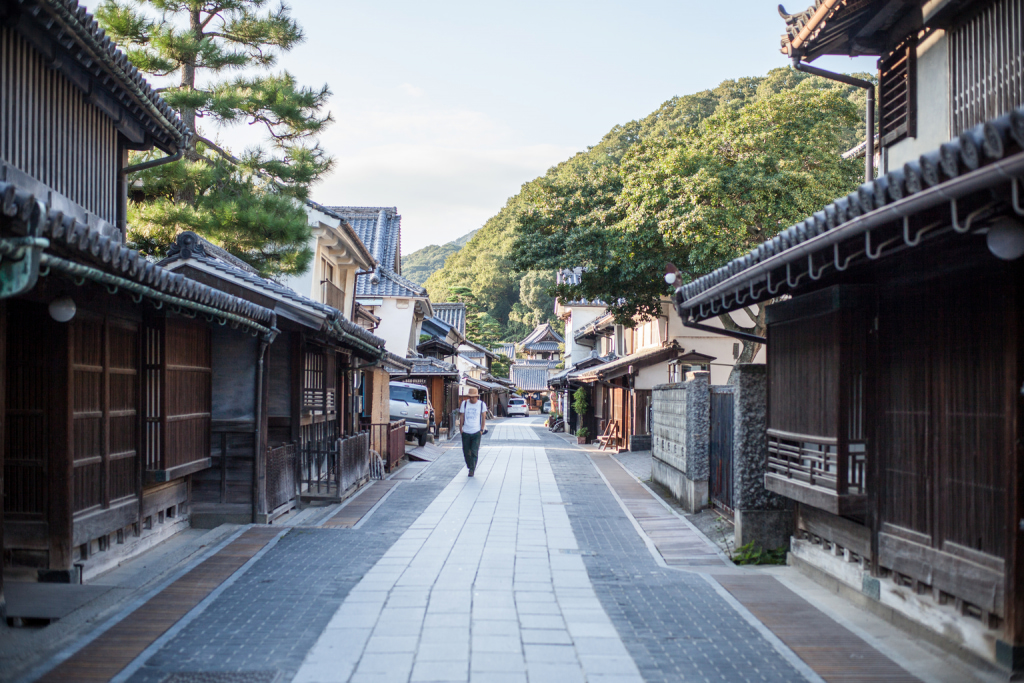Animal lovers with a passion for travel have been raving about Japan’s ‘rabbit island’ Ohkunoshima for half a decade, but only a handful of visitors that make their way to the ferry take the time to wander around this corner of Hiroshima Prefecture. This is a shame considering the port city of Takehara is full of delicious local delicacies and picturesque architecture which has earned it the nickname of “Little Kyoto” — despite being located in central Hiroshima. While you won’t find lush bamboo fields, as the name Takehara suggests, you will discover traces of history left behind through interactive workshops, museums and more. If traveling in Chugoku, consider spending a day or two in Takehara and make sure to tick off your bucket list all the following activities.
What to Do
It’s easy to get caught in a routine when traveling, especially hopping from one landmark to the other. Takehara is a relatively small city with mostly residential neighborhoods and landmarks are sparse. This, however, doesn’t mean that the city is not worth stopping by. Where it lacks in Instagrammable towers it makes up in fun, unique (and affordable!) workshops that make for a truly hands-on experience of Japanese culture.

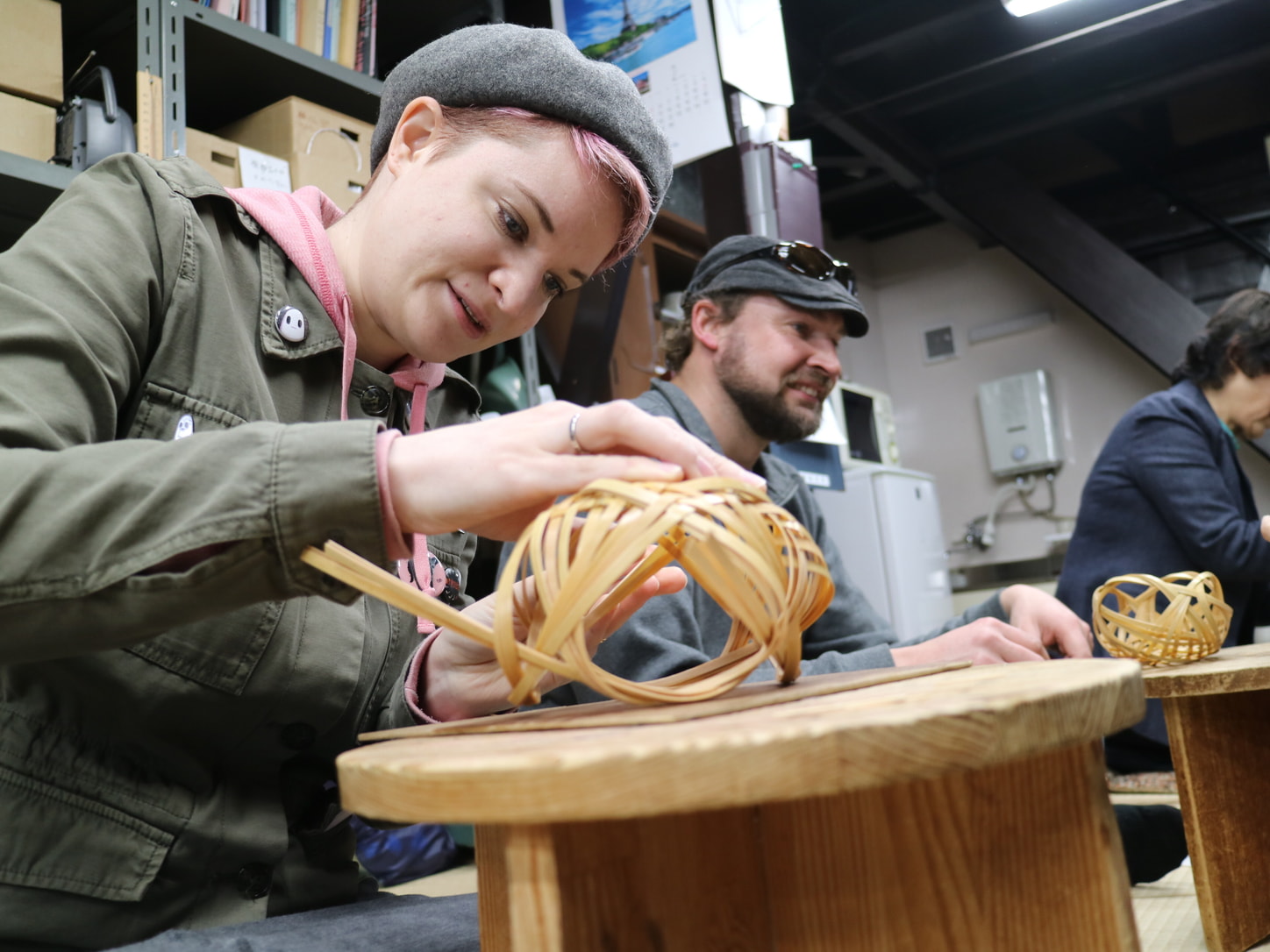
In the spirit of Takehara City, if you do anything, it should be takezaiku (objects made of bamboo). Perfect for those who enjoy working with their hands, the end result makes for a unique and travel-friendly souvenir. Not only will you be bringing home something you made yourself but also a little bit of the Takehara spirit.
For a more contemporary type of experience, visitors can also sign up for a kimono experience and walk around Honmachi, a neighborhood where you can see a street full of traditional Japanese buildings. This area is also known as the Takehara Townscape Conservation Area. For those with a penchant for temples, visiting Saiho-Ji is a must. Climbing up the temple’s stairs will reward you with a beautiful view of Takehara. Other experiences also include handmade pottery, salt making, and more so be sure to do your research before heading out.
What to Eat and Drink
A visit to Hiroshima just wouldn’t be complete without tasting local gourmet food, which includes the well-known Hiroshima-style okonomiyaki. There are a handful of local joints that serve the delicious savory pancake around town. And of course, a port city means lots of fresh fish to satisfy those who want a taste of Japan’s sushi culture.
Another distinctive feature of local food in Takehara is its use of salt. Now, that might not sound like much of an innovation but the city has been producing high-quality salt for decades and to this day it remains an important part of the local economy and cuisine. You can learn more about how cooking salt through a visit and a workshop at a local salt factory and see what makes Takehara salt so special.
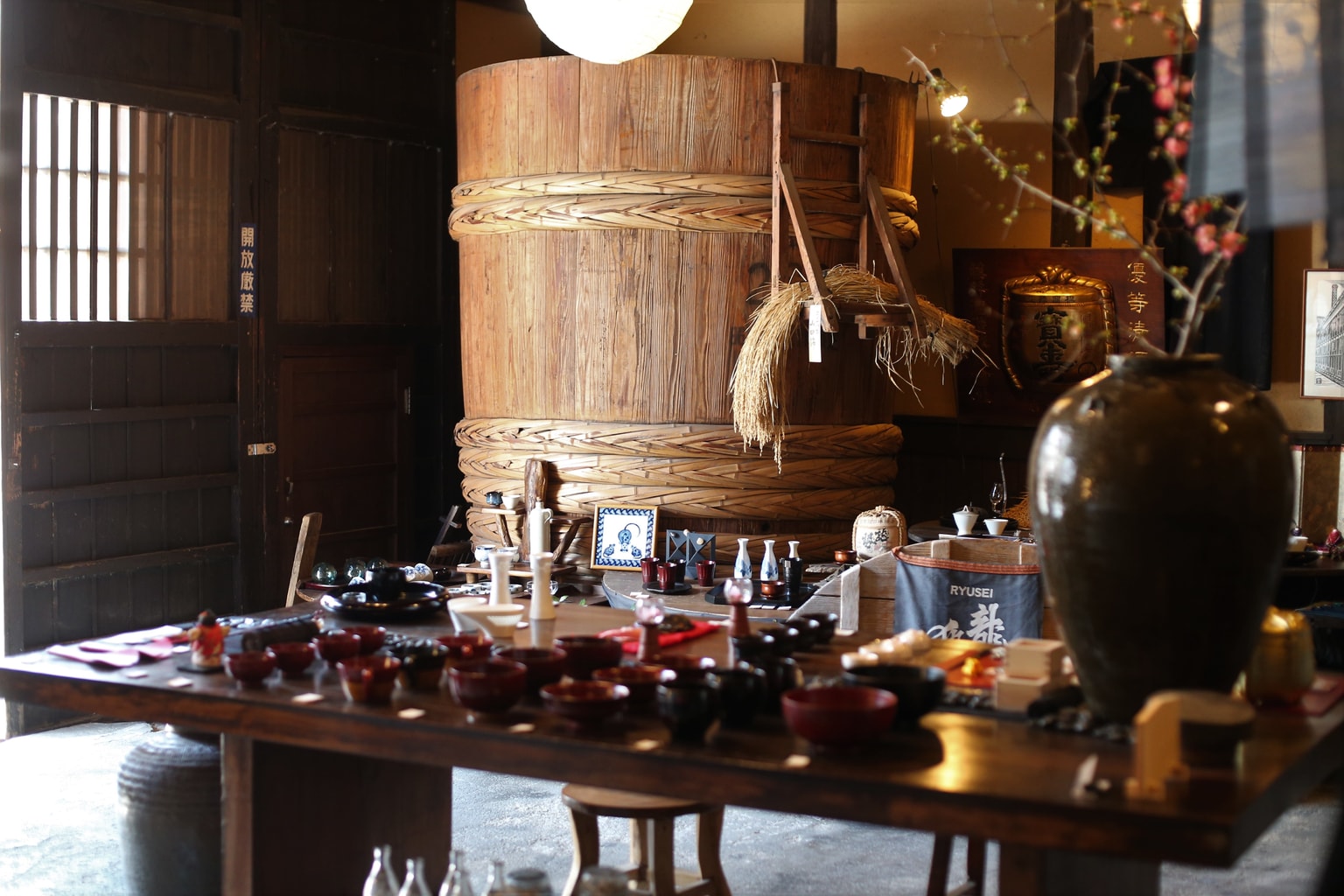
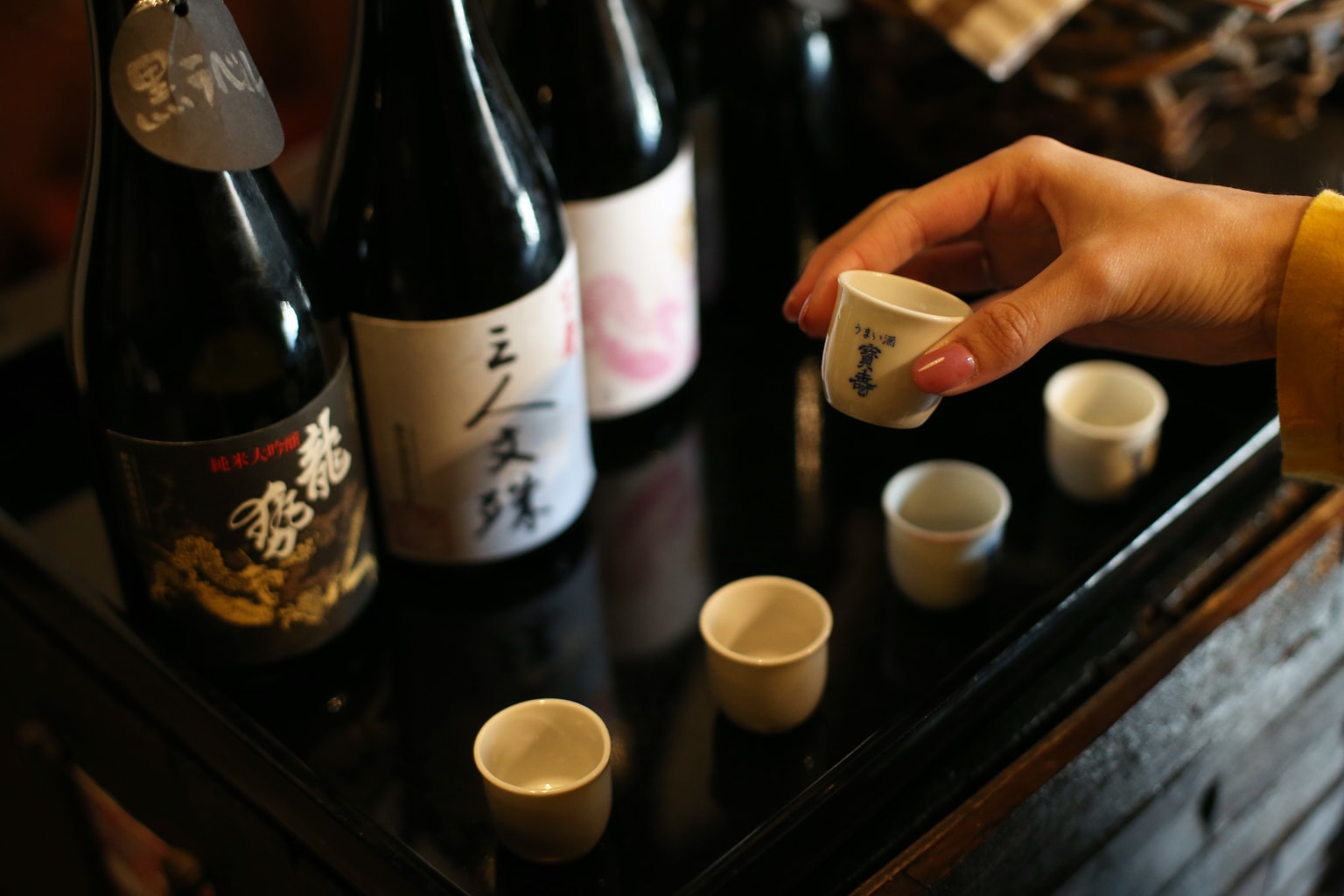
This relationship with salt is also at the heart of a well-loved and rich sake culture in the city. Takehara is home to many master brewers and nationally renowned breweries. The city is said to be blessed with great water, which is an important component when it comes to making delicious sake. The most important brewery is Fujii Shuzo, which has been open for business since the end of the 19th century. Fujii Shuzo dedicates itself exclusively to junmai-shu, a variety of sake meant to be enjoyed alongside food instead of by itself. Visitors interesting in the sake-making process would be happy to know that it’s possible to visit local breweries off-season (spring to fall) and some even offer tasting on-site.
All these factors make Takehara an amazing place to spend an evening, comfortably seated in an izakaya with local dishes and sake. A match made in heaven, if you will.
Where to Stay
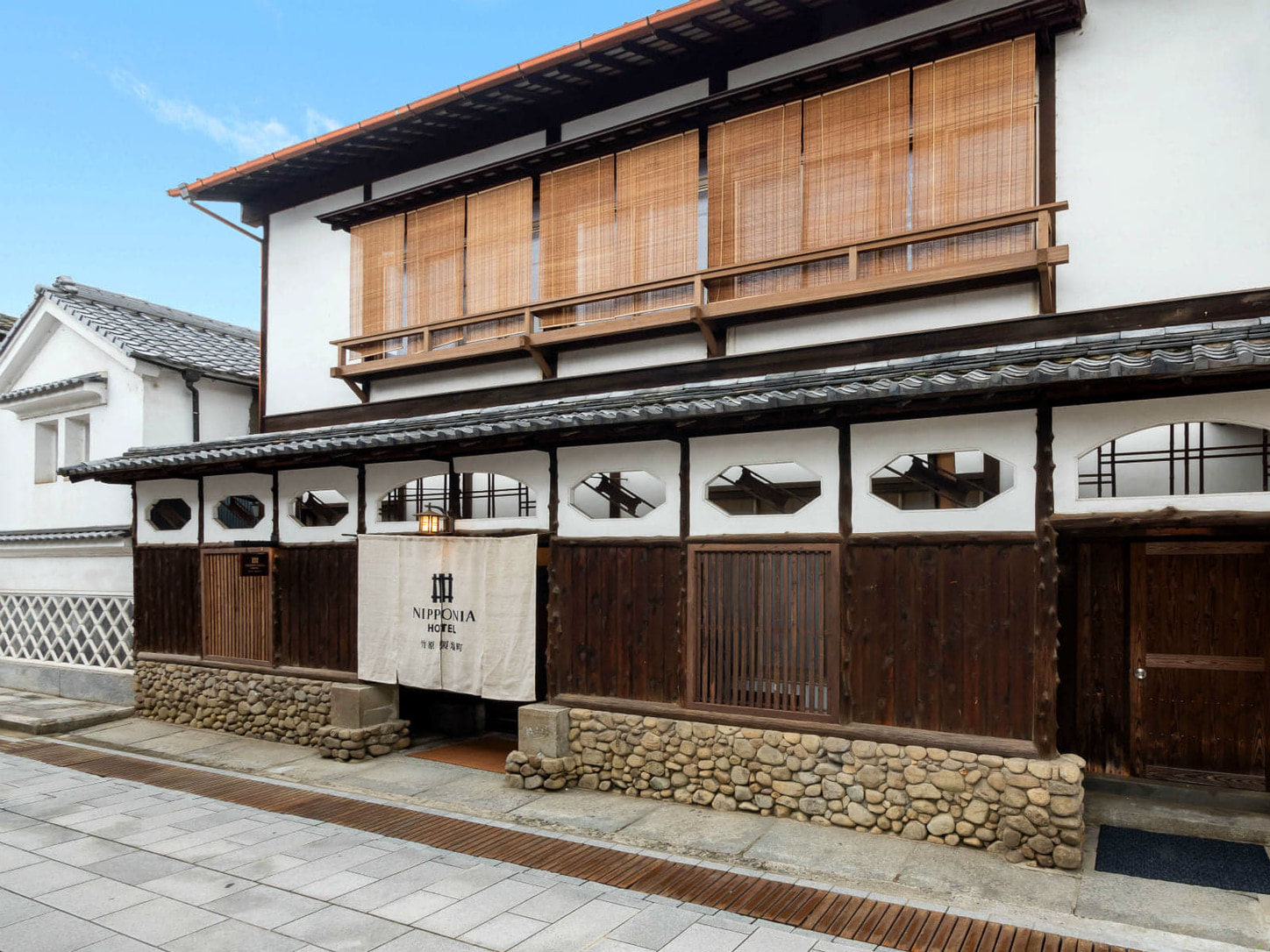
Take your experience of traditional Japan from the streets to your hotel room by staying at Nipponia. This chain of luxurious hotels inspired by ryokan (Japanese inns) is known for its beautiful Japanese rooms offering nothing short of Japanese hospitality. High-end rooms also come with private hinoki baths making it abstain from a late-night soak. Its Takehara branch is located right at the center of Honmachi, only a short walk from Saihoji Temple and some of the city’s coziest cafes.
Guests can also book various activities, including some of the ones mentioned above, through the Nipponia Takehara website and on-site after checking in, assuring a smooth visit. The hotel is also home to a restaurant with a menu inspired by the variety of ingredients freshly available in Takehara. This includes, of course, salt but also a wide assortment of seafood, special soy sauce and sake. For a taste of Takehara in an elegant setting, look no further.
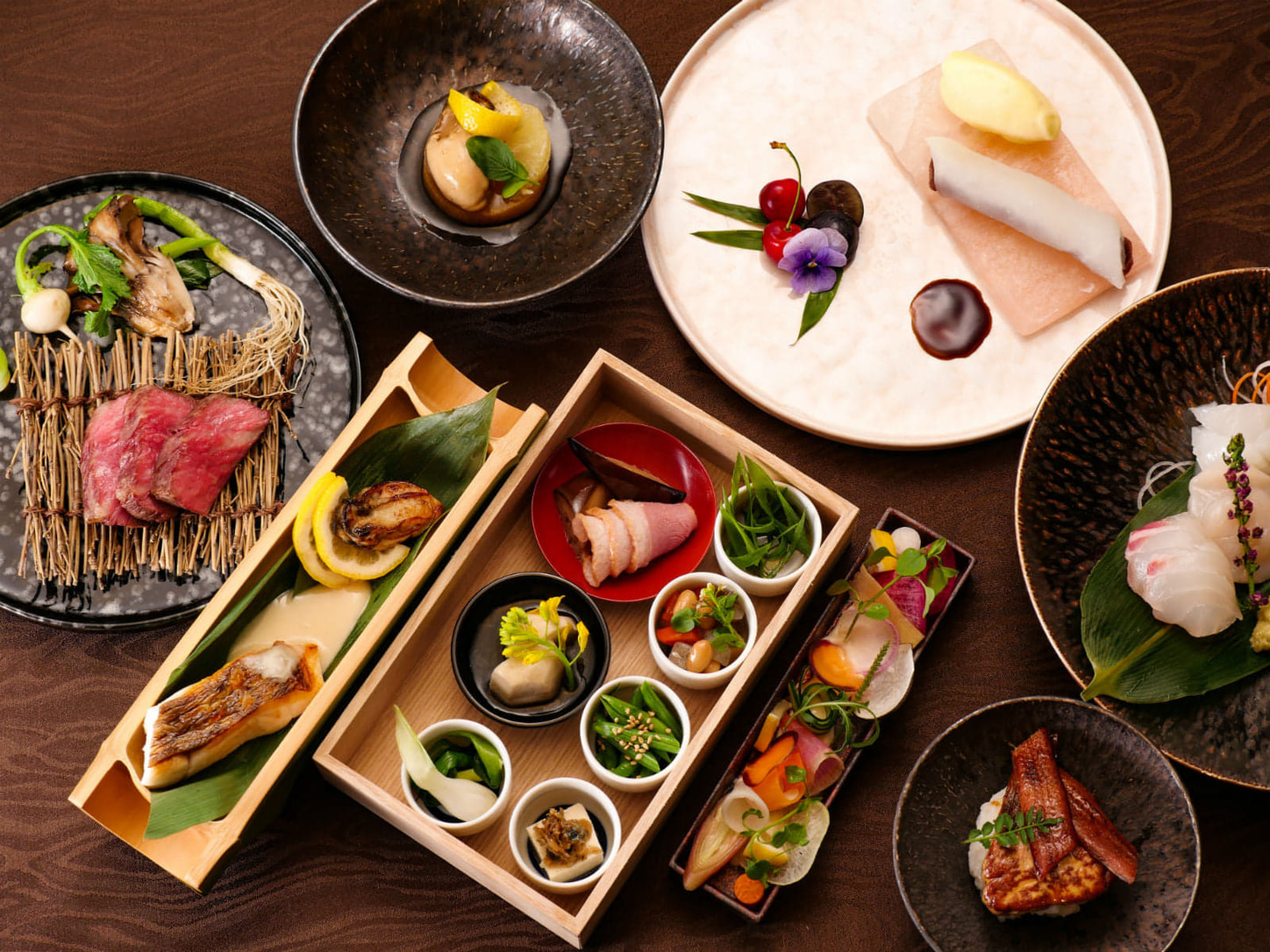
Access
After landing in Hiroshima Airport, the easiest and quickest ways to reach Takehara City is by car. It’s about a 25-minute drive.
For more information about car rental services in Japan, check out this guide.
If you would rather take the railway route, there are a few routes possible but here is the most time-efficient one. From Tokyo Station, take the Nozomi Shinkansen bound for Hakata Station. There, change for the Kodama Shinkansen and get off at Mihara Station. Finally, take the JR Kure Line towards Takehara Station.
To reach the Takehara Townscape Preservation Area, it’s a short 20-minute walk. Alternatively, you can rent bicycles and ride around the city. To learn more about renting bicycles in Takehara, please refer to this web page.
Essential Information
Learn more about what to do in Takehara city via their travel website (Japanese and English): www.takeharakankou.jp/en/
Fujii Shuzo Brewery
3-4-14 Honmachi, Takehara
846-22-2029
www.fujiishuzou.com/brewery
Nipponia
1-4-16 Honmachi, Takehara, Hiroshima
0120-210-289
www.nipponia-takehara.com
Saiho-Ji Temple
3 Chome-10-44 Honmachi, Takehara, Hiroshima
Sponsored Post

